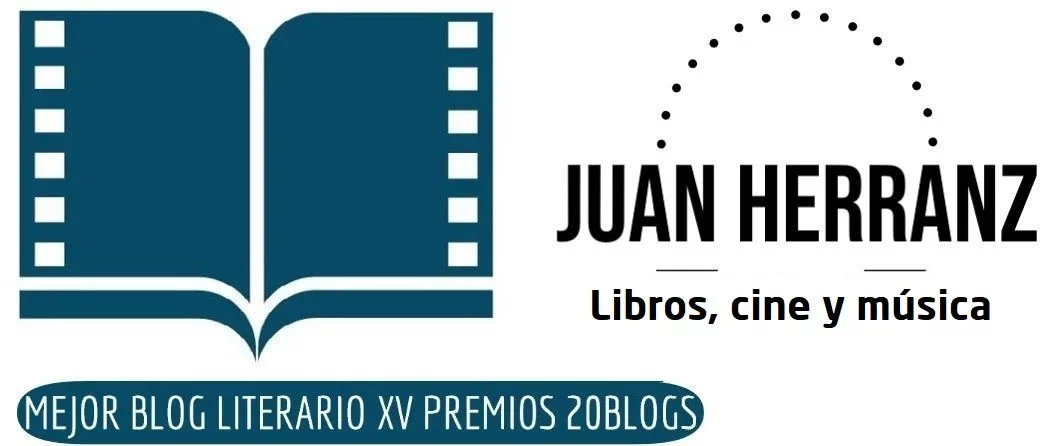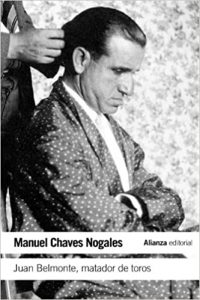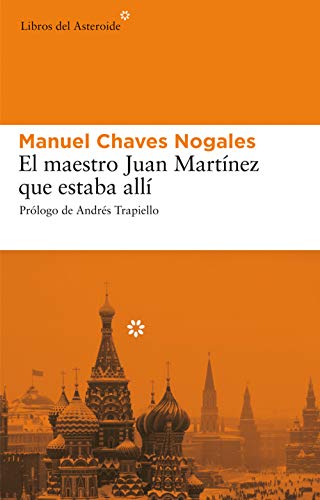In that kind of parallel becoming that literature has in certain authors, Manuel Chavez Nogales He offers us very diverse brushstrokes, disparate approaches that continue his father's journalistic task or that already take new flights in that travel or biographical literature that partly facilitates an enlightenment towards fiction or imagination at least.
Each era always finds a narrator dedicated to the cause of the chronicle. The luck is that this composition between journalistic and chronicle can be derived from fiction through realistic novels (let's cite, of course, Benito Pérez Galdós) or through that sort of soliloquy that is a biography, with the edges of life undertaken as it proceeded at all times to thrive or at least to survive in the midst of the social and moral circumstances that affected.
For all this, Chaves Nogales continues today to be a highly considered reference for evaluating the facts in that new and necessary light of the intrahistorical in its most intense and complete vision.
Top 3 recommended books by Manuel Chaves Nogales
In blood and fire: Heroes, beasts and martyrs of Spain
It is not the same to write novels about the civil war these days than to recreate them from direct experiences. And it is not that a current writer cannot manage to convey feelings of those days, it is the notion of the reader who knows that what is narrated is brought directly from those days as a sinister story.
The nine stories that make up this book are considered by many to be the best that has been written in Spain about our civil war. Drafted between 1936 and 1937 and published in Chile in 1937, they portray different events of the war that Chaves Nogales knew directly: “Each of its episodes has been faithfully extracted from a true event; each one of his heroes has a real existence and an authentic personality ”, he will say in the prologue.
"Little liberal bourgeois, citizen of a democratic and parliamentary republic," Chaves was one of the most important Spanish writers and journalists of the first half of the twentieth century. As editor of the newspaper Now he stayed in Madrid from the beginning of the war until the end of 1936, when the government of the Republic moved to Valencia and he decided to go into exile.
The solidarity and compassion for those who suffer firsthand the horrors of war allow Chaves to observe the events of the war with an astonishing equidistance and lucidity. To blood and fire It is undoubtedly one of the most intelligent and full of life stories of all that have been written about this period; a true classic of Spanish literature.
Juan Belmonte, bullfighter
Bullfighting yes or bullfighting no. The undoubted thing is that the world of fighting bulls make up a unique scenery in the history of Spain. Art for some, something ominous for others. Undoubtedly an activity enriched with its own language, with lyrics understood by many poets and writers. And above all characters and events on which to narrate and understand much of the Spanish idiosyncrasy of yesteryear.
At the end of 1935, Manuel Chaves Nogales (1897-1944) gave a dazzling and lasting autobiographical form in "Juan Belmonte, matador de toros", to the memories of the brilliant Trianero who had revolutionized the classic art of bullfighting twenty years earlier. Born in 1892, the bullfighter's childhood is marked by the climate of the popular neighborhoods of Seville, and his adolescence, by the ambition for fame and the purpose of emulating the feats of Frascuelo and Espartero.
The secret of his bullfighting can be traced in his hard years of learning, in his nocturnal and clandestine forays through fences and pastures. From 1913 -date of his alternative- and until 1920 -when Joselito dies from a goring in Talavera- his biography remains immersed in the most passionate rivalry in the history of bullfighting: all of Spain is either a gallista or a belmontista. Retired in 1936, Juan Belmonte, whose death in the sand had been prophesied by all the experts, died at the age of 70, master of his own destiny.
Master Juan Martínez who was there
Chaves Nogales had that clinical eye for biographies capable of becoming narratives between the epic and the existentialist. This story is his most notable translation from the biographical to the universal.
After triumphing in the cabarets of half of Europe, the flamenco dancer Juan Martínez, and his partner, Sole, were surprised in Russia by the revolutionary events of February 1917. Without being able to leave the country, in Saint Petersburg, Moscow and Kiev they suffered the rigors caused by the October Revolution and the bloody civil war that followed.
The great Sevillian journalist Manuel Chaves Nogales met Martínez in Paris and, amazed by the incidents that he told him, decided to collect them in a book. Master Juan Martínez that was there preserves the intensity, richness and humanity that the story that so fascinated Chaves should have.
It is, in fact, a novel that recounts the vicissitudes to which its protagonists are subjected and how they managed to survive. Through its pages showcase artists, lavish Russian dukes, German spies, murderous checkers and speculators of different kinds parade.
A generation companion of Camba, Ruano or Pla, Chaves belonged to a brilliant line of journalists who, in the 30s, traveled extensively abroad, offering some of the best pages of Spanish journalism of all time.



